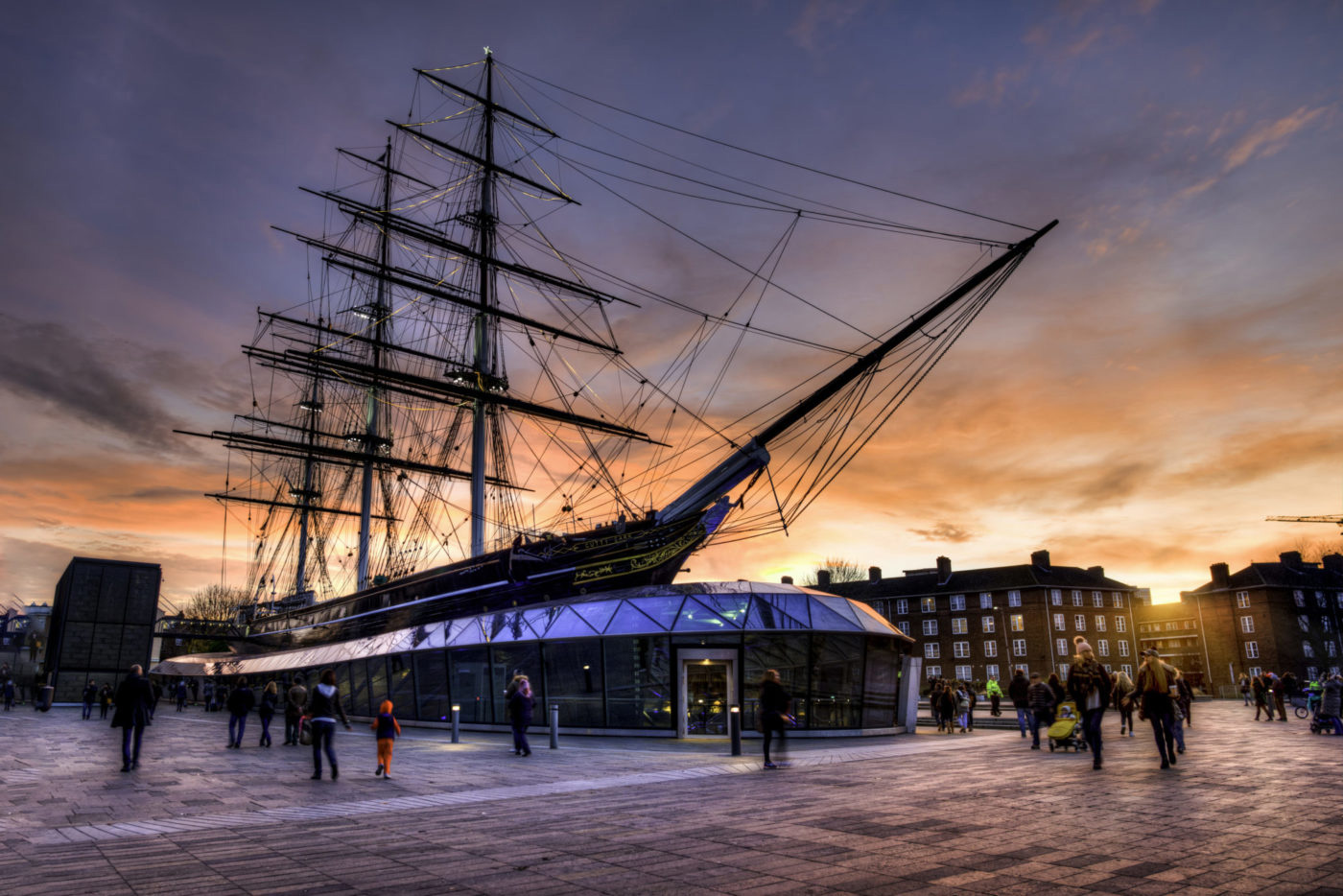
Military & Maritime
Some of my most beloved memories of London have taken place in strange, intimate museums among passionate docents. The narrow, specific focus of a smaller museum can place demands on your sensibility and openness. It is not always easy to find your way ‘in’ – especially in those seemingly without a plan or purpose. If bored or confused, try to find beauty in the moment.
Most museums in London are free, though special exhibitions are sometimes an additional fee. If the museum requires an admission fee, check to see if you are eligible for a student rate – called a concession. Many museums offer free tours. Always check on closures. Check the opening times – many museums have weekly late nights!
WEST LONDON
National Army Museum
MAP | WEST LONDON, CHELSEA
The collections of the National Army Museum relate to all aspects of the British army from the English Civil Wars (1642–51) to the present day. They include material from the militia, yeomanry, volunteers, and territorial armies. There is also a strong section on the army in India and on the armies of the East India Company.
Open Daily, 10am–5:30pm, FREE
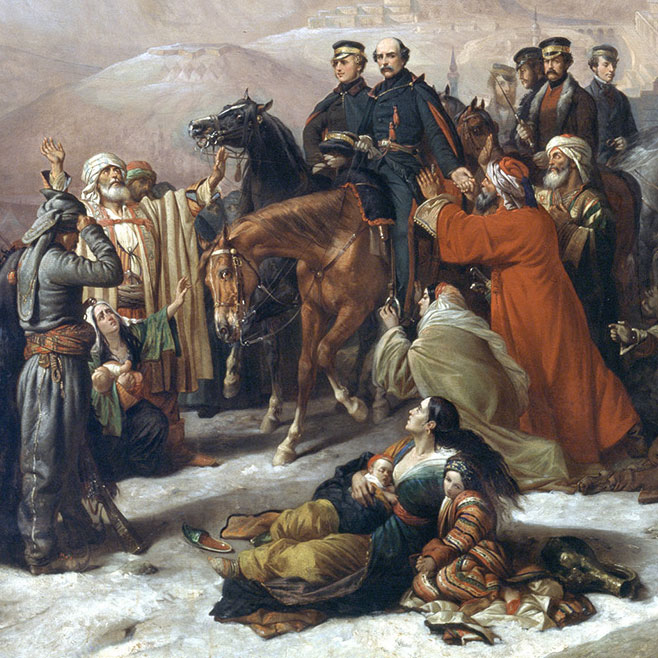
LAMBETH
Imperial War Museum
MAP | SOUTH LONDON, LAMBETH
Founded while the First World War was still raging, Imperial War Museum London gives voice to the extraordinary experiences of ordinary people forced to live their lives in a world torn apart by conflict. From the moment you step into the iconic atrium, to the countless discoveries awaiting you in the award-winning galleries, IWM London examines the continuing influence of war on our world. Hear extraordinary true stories of ordinary people’s experiences of conflict across the museum’s six floors – stories that have the power to move, inspire and transform.
Open Daily, 10am–6pm, FREE
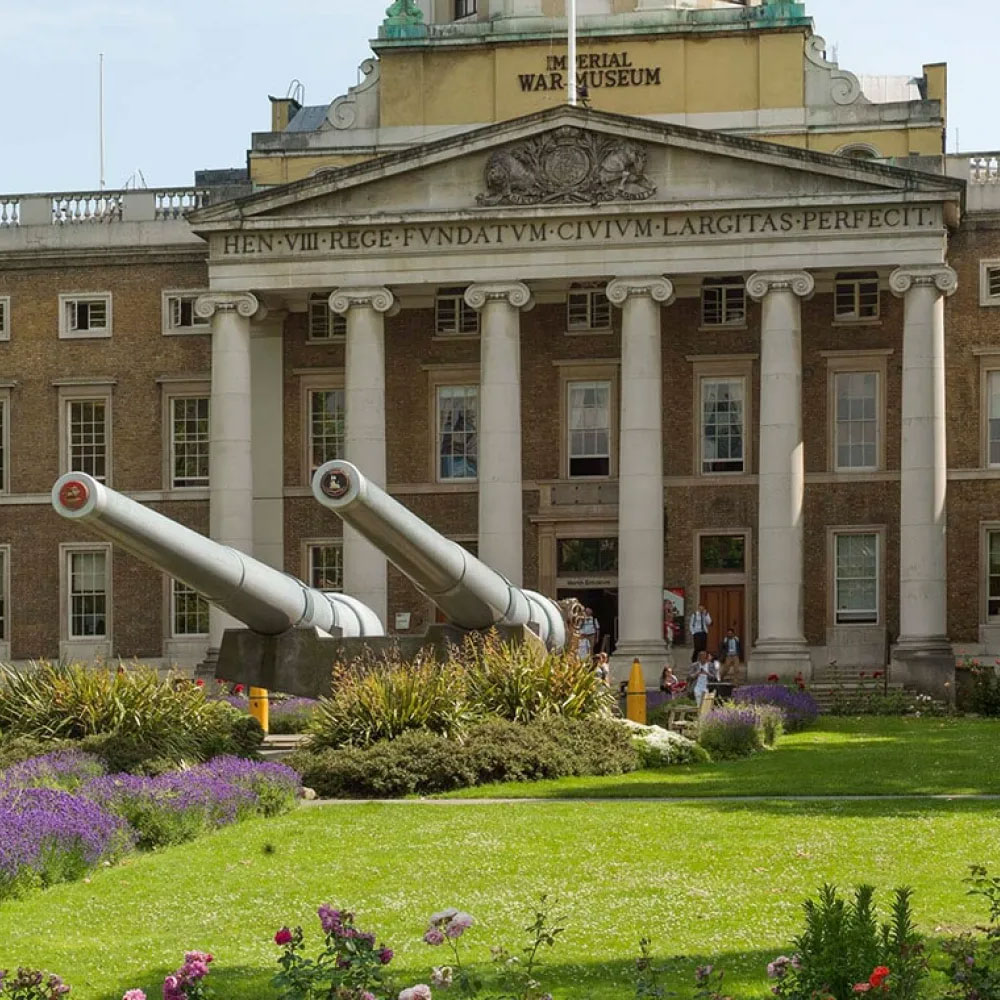
SOUTHWARK
HMS Belfast
MAP | SOUTH BANK, SOUTHWARK
Step on board this iconic London landmark. Navigate your way around the rooms of this floating city, climbing up and down ladders to visit all nine decks. You’ll hear stories from the 950 people who lived and served on the ship, which had its own chapel, radio station and bakery and is so large you can almost lie Big Ben across its deck – twice!
Open Daily, 10am–6pm, FREE
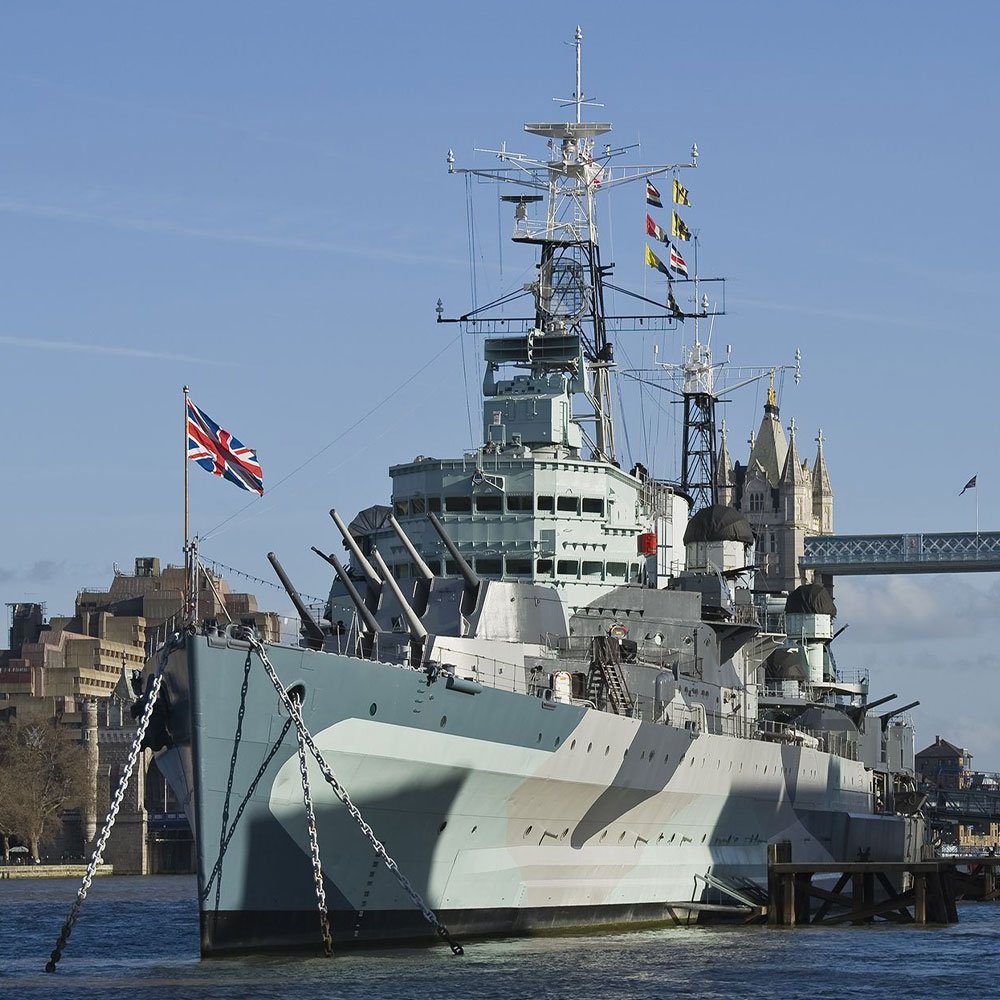
CANARY WHARF
Museum of Docklands
MAP | SOUTH BANK, SOUTHWARK
Step inside the Museum of London Docklands, where the city’s maritime past unfolds in all its gritty, brutal reality. Housed in a Grade II-listed 19th-century warehouse, this hidden gem in Canary Wharf tells the untold stories of smuggling, slavery, executions, and hard labour. From the dark alleys of Sailor’s Town to the stomach-churning realities of the transatlantic slave trade, this museum brings London’s docklands history vividly to life.
Open Daily, 10am–5pm, FREE
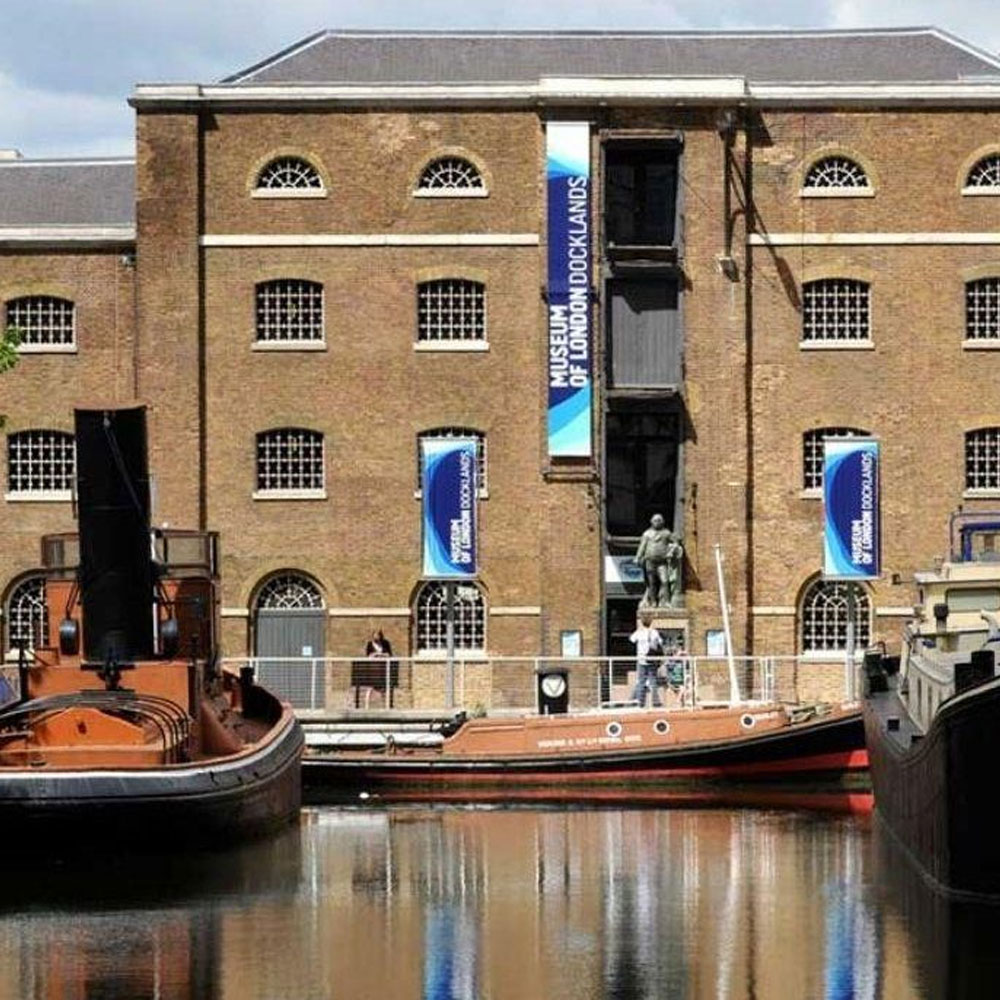
GREENWICH & DULWICH
National Maritime Museum
MAP | SOUTHEAST LONDON, GREENWICH
With a collection of over two million objects, The Maritime Museum aims to achieve a greater understanding of British economic, cultural, social, political and maritime history and its consequences in the world today.
Accused of ignoring the affects Britain’s slave trade had on all these histories, the Atlantic Worlds gallery was created in attempt to tell of the unequal, sometimes brutal histories involved, and the making or unmaking of its many connected worlds.
Open Daily, 10am–5pm, FREE
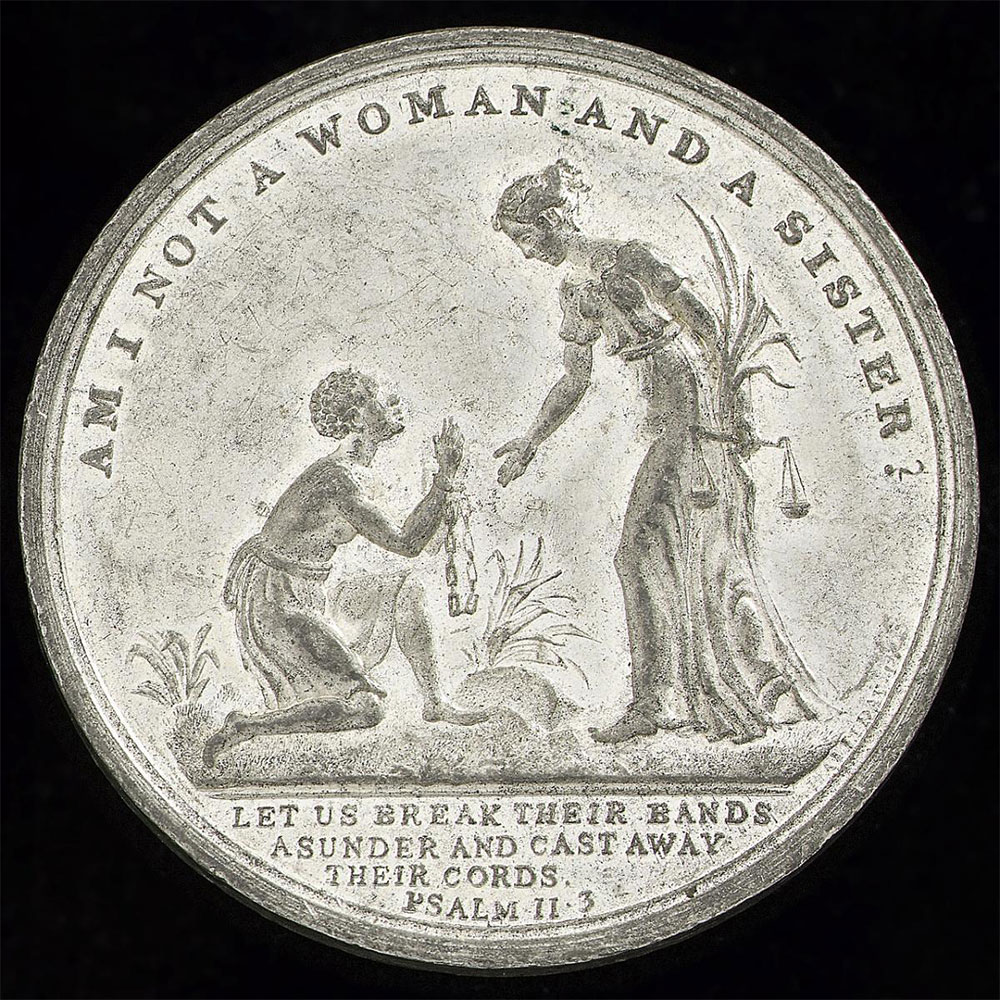
Royal Observatory Greenwich
MAP | SOUTHEAST LONDON, GREENWICH
Founded in Greenwich by King Charles II in 1675, the Royal Observatory is Britain’s oldest scientific institution. Over the centuries, the Observatory firmly established itself as a pioneering place for astronomical discovery, timekeeping, and navigation.
Because the Prime Meridian passed through the courtyard, it gave its name to Greenwich Mean Time. Since 1884, all distances east and west have been measured from the Prime Meridian line in Greenwich. Astronomers at the Royal Observatory took thousands of measurements to define the Prime Meridian and establish zero degrees longitude. In an age before smartphones and satellites, their work transformed how we explored our world.
Open Tues-Sun, 10am–5pm; June-August: 10am-7.45pm (last entry 7pm), £24
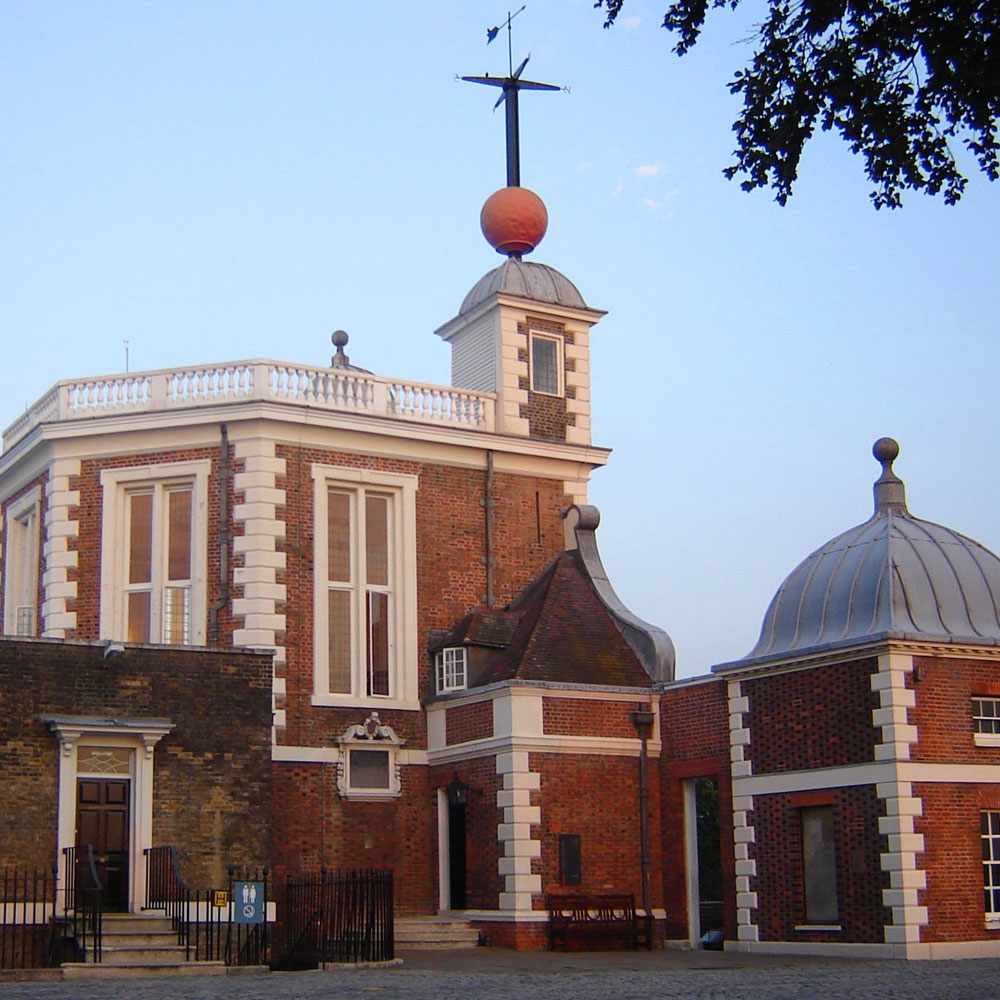
Cutty Sark
MAP | SOUTHEAST LONDON, GREENWICH
Cutty Sark is a British clipper ship, one of the last tea clippers to be built and one of the fastest. Destined for the tea trade, a seasonal trade of a high-value cargo from China to London, the Cutty Shark would sail in only eight “tea seasons”, from London to China and back. The advent of steamships and the Suez Canal made these clippers obsolete.
The story of the Cutty Sark is the story of empire, which is why it is so fascinating. China desired opium from British-held India and were willing to trade vast quantities of tea, now firmly Britain’s national drink, with over 28 million kilograms imported in 1869 alone. VIDEO OPIUM WARS
Summer Hours: 28 June-5 September, 10am-6pm (last entry 5.15pm), £22
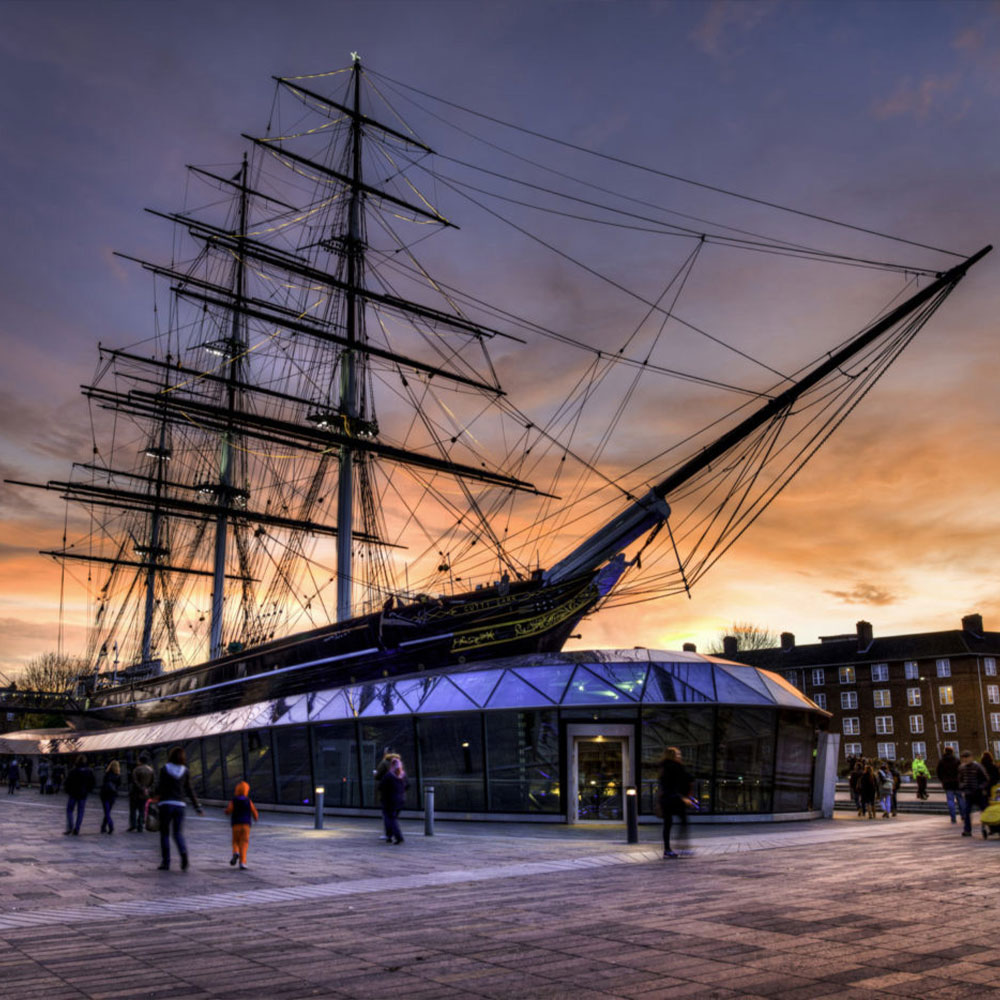
Greenwich Naval Hospital, 1696-1751
MAP | GREENWICH
Architects: Christopher Wren, Nicholas Hawksmoor, John Vanbrugh, James Thornhill
Sir Christopher Wren was responsible for the original ‘Grand Design’ for the Hospital. The earlier Queen’s House, designed by Inigo Jones for Anne of Denmark, wife of James I, remained in its position south of Wren’s buildings. Wren’s former apprentice, Nicholas Hawksmoor was appointed Site Architect for Greenwich Hospital. Wren’s successor as surveyor to the Hospital was Sir John Vanbrugh, who designed Castle Howard and Blenheim Palace. It was Vanbrugh who added the touches of grandeur to the design, turning accommodation for old sailors into a magnificent national monument. Vanbrugh also commissioned artist James Thornhill to decorate the walls and ceiling of the splendid Painted Hall. Records also show that a Mr Daniel Foe was contracted to supply bricks for the building. He later became famous as Daniel Defoe, author of Robinson Crusoe. Daily: 10am-5pm (last entry 4.30pm), £17.50
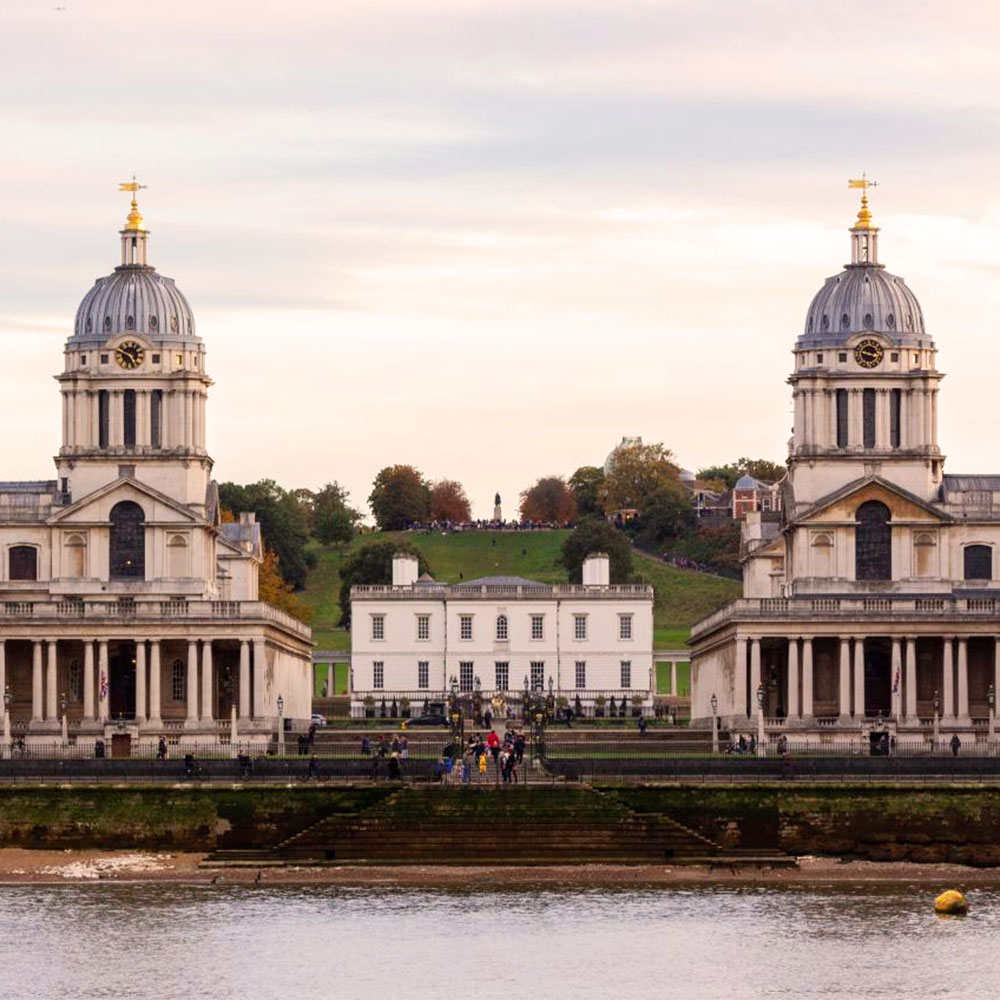
CHATHAM, KENT
Chatham Dockyards
MAP | CHATHAM, KENT
Over 414 years Chatham Royal Dockyard provided more than 500 ships for the Royal Navy, and was at the forefront of shipbuilding, industrial and architectural technology. At its height, it employed over 10,000 skilled artisans and covered 400 acres. By the late 17th century a number of prestigious new buildings were erected (including the officers’ residences, the clocktower storehouse and the main gatehouse), several of which are still in place. From the very start of the 18th century, however, Chatham began to be superseded in both size and importance, first by Portsmouth, then Plymouth, when the main naval enemy became France, and the Western approaches the chief theatre of operations.
Open Daily, 10am–5pm, £28.50

